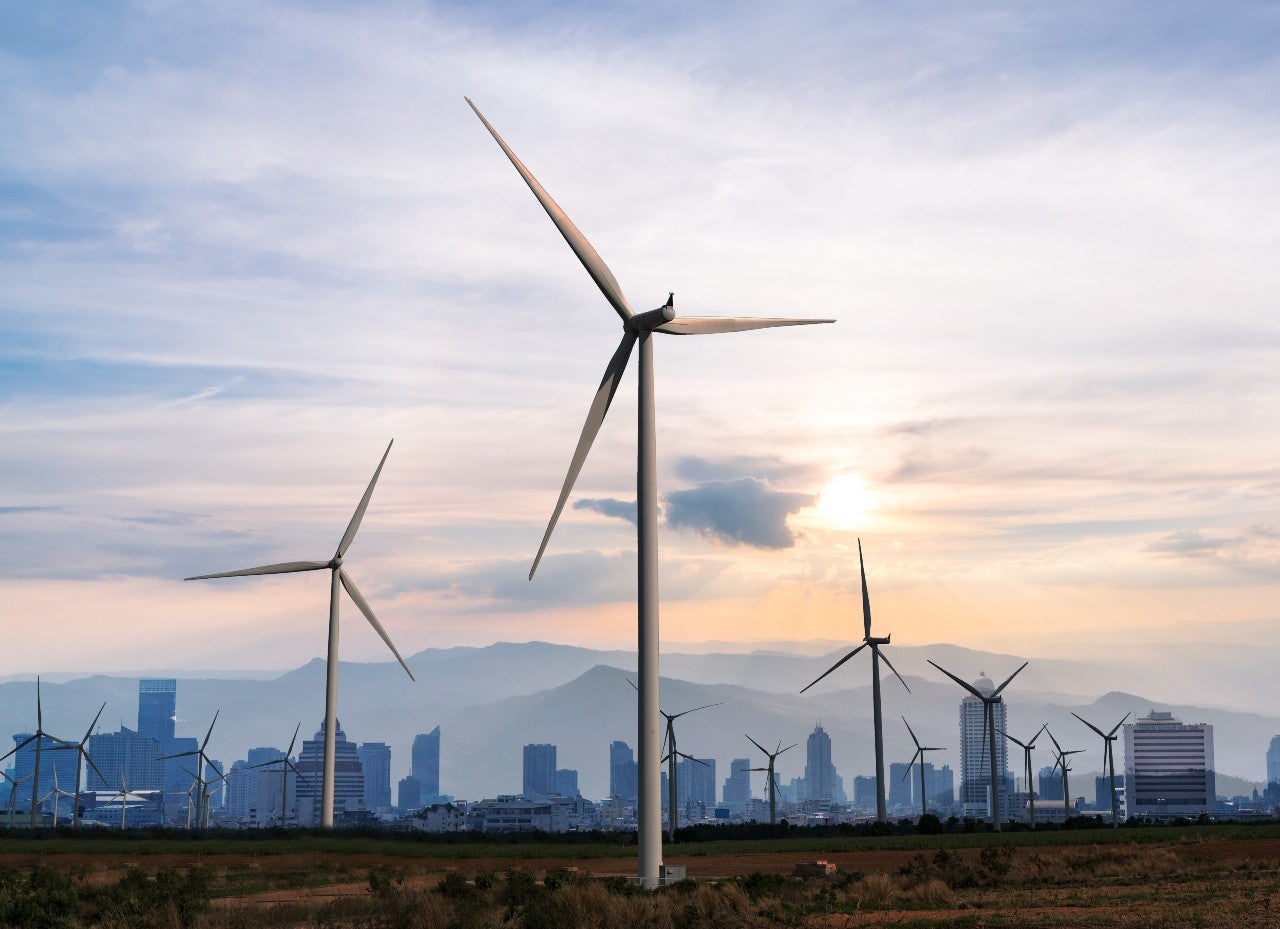In the pre Covid-19 world, energy transition was already at the forefront of the minds of policymakers and investors in the Association of Southeast Asian Nations (ASEAN). Renewable energy infrastructure investment in the region had been strong, reflecting government efforts to reduce carbon emissions, as well as due to the lower costs involved, given cheaper technology and economies of scale. Although construction activity in the sector weakened significantly in 2020 due to fiscal constraints as governments diverted budgets towards social expenditure, investment in the renewable sector is expected to pick up quickly.
To improve the renewable energy capacity and revive the pandemic-hit economies, ASEAN governments have laid out an aspirational five-year sustainability plan under the second phase of ASEAN Plan of Action for Energy Cooperation (APAEC) 2021-2025. Under this, ASEAN energy ministers agreed to set a target of 23% share of renewable energy in total primary energy supply in the region and 35% in ASEAN installed power capacity by 2025. This would require approximately 35GW-40GW of renewable energy capacity to be added by 2025.
Vietnam, Thailand, the Philippines, Malaysia and Indonesia represent a share of 84% of the total installed renewable energy capacity among the Southeast Asian countries. Vietnam leads the sustainability change with a 34% share, followed by Thailand (17%), Indonesia (13%), Malaysia (10%) and the Philippines (10%).

To reduce the country’s reliance on coal to generate power, cut carbon emissions 15% by 2030, meet rising energy demand and sustainable socio-economic development, the Vietnamese Government is developing renewable energy capacity. Vietnam is anticipated to lead the Southeast Asian region with over 13GW of the installations. Solar PV and hydropower are expected to support the majority of this renewable-led transition with around 70% share of the new renewable capacity build between 2020-2025. Wind power follows with around 17% share, and biopower with around 11%. Under the National Power Development Plan 2021-2030, the government plans to generate 50GW from onshore and offshore wind and solar energy by 2030.

Singapore’s energy sector was heavily disrupted in 2020 due to the pandemic. According to the Energy Market Authority (EMA), the total number of new grid-connected solar photovoltaic (PV) installations in the country declined by 52.1% year-on-year in the first nine months of 2020. Only 390 new installations took place in January-September 2020 – down from 814 during the same period of 2019, owing to the temporary halt in installation work amid the circuit breaker measures imposed during April and May 2020. Consequently, the newly installed capacity of grid-connected solar PV systems fell by 54.3% year-on-year in the first nine months of 2020. However, the country’s renewable energy sector is expected to recover in 2021, supported by the government’s focus on renewable energy infrastructure projects. The government plans to increase the total capacity of solar energy from 350 megawatt-peak (MWp) in 2020 to 2GWp by 2030, and 5GWp by 2050. For this, the government plans to install solar panels of 60MW capacity across 1,154 Housing Development Board (HDB) blocks and 46 government sites under the SolarNova program by 2023.

The Indonesian Government also aims to increase the total share of renewable energy in the country’s energy mix from 9% in 2020 to 23% by 2025 and 31% by 2050. To reach the set target, 10GW of renewable energy capacity is needed by 2025, however with the lack of investment and electricity pricing issues, only 2.5GW of renewable energy capacity is forecast until 2025 by the country’s energy minister. Therefore, to address the issues, in late 2020, the government framed certain rules that are intended to help in attracting investment into the renewable energy sector; these include simpler electricity pricing, feed-in tariff systems for certain plants, offering more incentives and possible ways to boost solar and hydropower with the available infrastructure.

To revive the pandemic-hit Thai economy and reduce green gas emissions, the government is focusing on renewable energy. The government aims to generate 33% of the country’s total power production through renewable sources by 2037 under the 10-year Alternative Energy Development Plan (AEDP). The plan seeks to generate 15,574MW from solar power, 5,786MW from biomass power, 2,989MW from wind power, 3,000MW from hydropower and 900MW from waste-sourced power by 2037.

Investment in the Malaysian renewable energy infrastructure will be driven by the government’s plan to develop renewable energy infrastructure with a target to increase its share in the total energy mix from 2% in 2019 to 20% by the end of 2025, with a planned investment of MYR33bn ($7.9bn). To mitigate the impact of Covid-19, in June 2020 the government issued a tender of 1GW of solar projects under the fourth round of its Large Scale Solar (LSS) procurement programme.

Under the National Renewable Energy Plan (NREP) 2020–2040, the Philippine government targets to have at least 34GW of renewable energy installations by 2040. The government’s plan to open renewable energy for 100% foreign ownership is also expected to attract foreign investment in the Philippine renewable energy infrastructure.

According to Myanmar’s Ministry of Electricity and Energy (MOEE), the government plans to develop renewable energy infrastructure with a target to generate 12% of electricity requirements from renewable energy sources by 2025. Accordingly, in mid-2020, MOEE issued tenders for the construction of solar plants across the country, with a combined capacity of 1GW.

GlobalData expects the renewable energy construction in ASEAN region to recover in 2021, driven by the recovery in economic activity and various governments plan to develop renewable energy capacity. However, the construction activities are not expected to reach pre-pandemic levels in short-term, as work is being affected by travel restrictions, supply chain disruptions and manpower limitation at workplaces. Moreover, as renewable development in various countries within the region are backed by government-owned state utilities, the drop in revenue, as well as reduced allocations by the governments, could affect new project development in the short-term.





